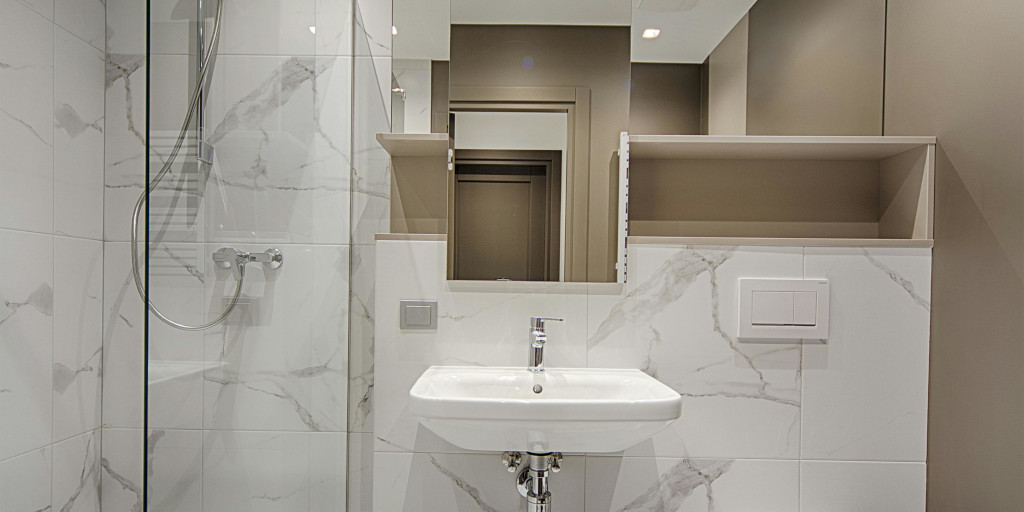Mastering the Art: How to Cut Porcelain Tiles Like a Pro
Cutting porcelain tiles demands precision and the right techniques. Whether you’re a seasoned professional or a DIY enthusiast, mastering the art of porcelain cutting is essential for successful projects. In this comprehensive guide, we’ll delve into the intricacies of cutting porcelain tiles and explore essential tips and techniques to ensure flawless results.
Understanding Porcelain
Porcelain, renowned for its durability and aesthetic appeal, poses unique challenges when it comes to cutting. It’s crucial to understand the characteristics of porcelain tiles before diving into the cutting process. Porcelain is a dense, hard material composed of fine clays fired at high temperatures, making it resistant to moisture, stains, and scratches. Variations in composition and surface finish necessitate careful consideration when selecting cutting tools and techniques.
Tools and Equipment
To achieve precise cuts on porcelain tiles, the right tools are indispensable. Traditional manual cutting methods, such as the Score and Snap technique and wet saw cutting, are commonly employed for straightforward cuts. However, for intricate designs or specialized projects, advanced equipment like continuous rim blades and super thin porcelain blades offer superior cutting precision. Continuous rim blades feature a continuous edge of synthetic diamond grit, ideal for smooth, chip-free cuts on dense materials like porcelain. Super thin porcelain blades, with their ultra-thin profile and laser-cut design, minimize material waste and ensure exceptional cutting performance.
Techniques for Cutting Porcelain
Mastering cutting techniques is essential for achieving professional-grade results. For basic cuts, the Score and Snap method involves scoring the tile’s surface with a carbide-tipped cutter and applying pressure to break it along the scored line. Wet saw cutting, using a diamond blade cooled with water, is ideal for straight and curved cuts on large porcelain tiles. Advanced techniques like waterjet cutting and diamond blade cutting offer unparalleled precision for intricate designs and custom shapes.
Factors to Consider
Several factors influence the cutting process and require careful consideration. The thickness and size of porcelain tiles dictate the choice of cutting tools and techniques. Additionally, the surface finish and texture of the tiles impact cutting performance, with glazed tiles requiring different approaches than textured or polished surfaces. Environmental factors such as temperature and humidity can also affect the cutting process, necessitating adjustments to ensure optimal results.
Troubleshooting and Common Mistakes
Even with proper planning and execution, challenges may arise during the cutting process. Common mistakes include chipping, cracking, and uneven cuts. To address these issues, it’s essential to identify the root causes and implement corrective measures promptly. Whether it’s adjusting cutting speed and pressure or fine-tuning blade selection, proactive troubleshooting ensures a smooth cutting experience and pristine results.
Mastering the art of cutting porcelain tiles is a valuable skill for anyone involved in construction or design projects. By understanding the properties of porcelain, selecting the right tools and techniques, and adhering to best practices, you can achieve flawless results every time. Whether you’re tackling a home renovation or a commercial installation, the knowledge gained from this guide empowers you to cut porcelain tiles like a seasoned professional.


Leave a comment